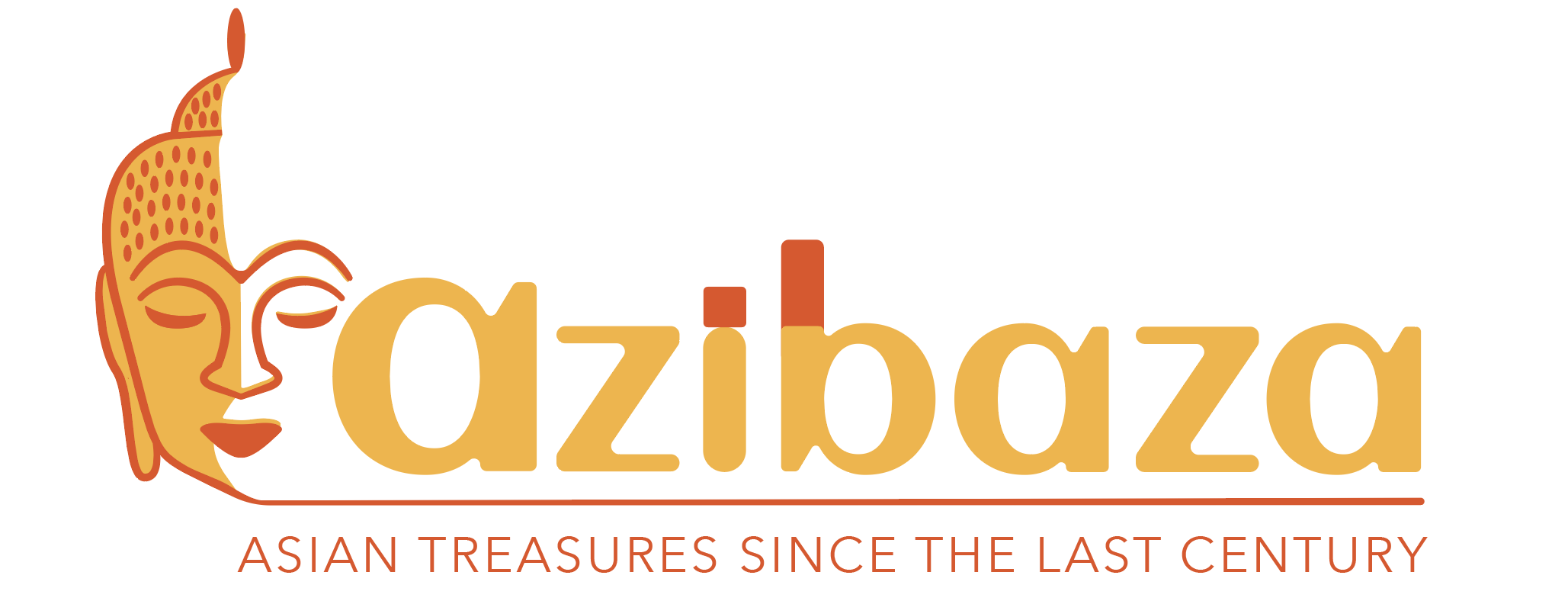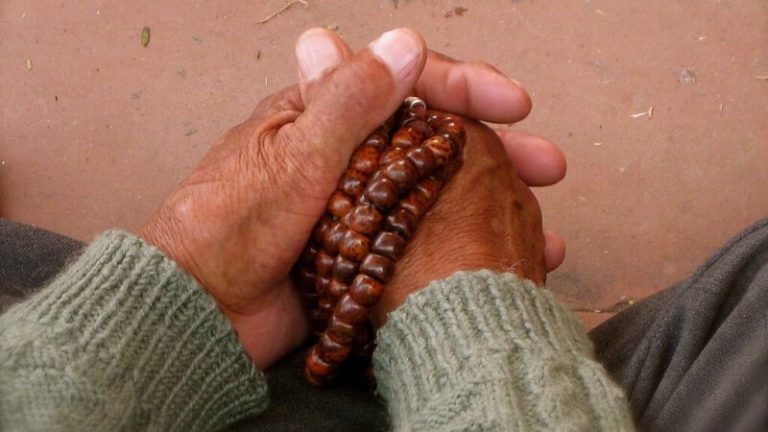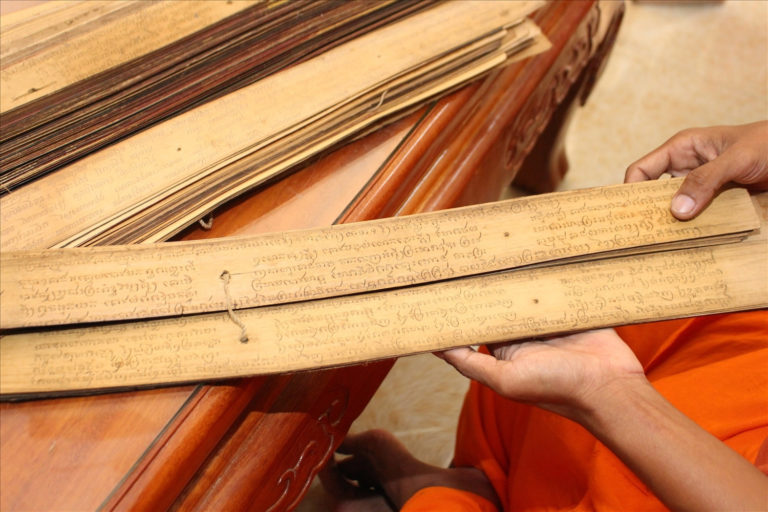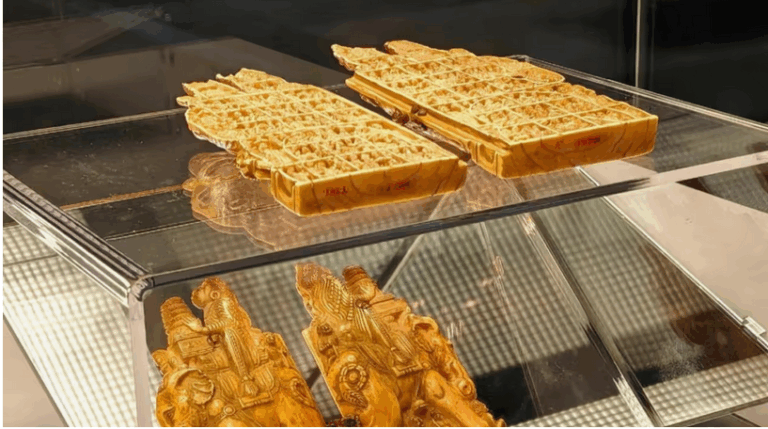A 7th-century ivory carving from India, gifted to the legendary Chinese monk Xuanzang, is now drawing crowds at the China National Museum—reviving echoes of shared heritage amid a cautious diplomatic thaw.
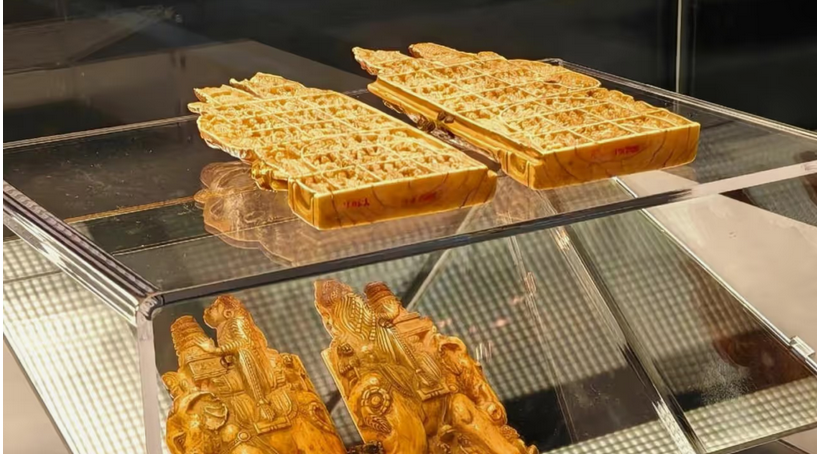
The artefact, intricately depicting scenes from Buddha’s life, was originally presented by an Indian Raja to Xuanzang during his pilgrimage across India. The monk, revered for his scholarly travels and Buddhist translations, carried the carving back to China, where it remained largely unknown until now.
Chinese Ambassador to India Xu Feihong spotlighted the piece on social media, calling it “a hidden gem shining at the National Museum of China.” His post coincides with a broader warming of India-China relations, following years of tension sparked by the Galwan Valley clash and pandemic-era travel suspensions.
The exhibition arrives just weeks after the resumption of direct flights between the two nations, with the Shanghai–New Delhi route set to reopen on 9 November. It marks a symbolic step towards restoring people-to-people exchanges, long hindered by geopolitical strain.
Xuanzang’s journey remains a cornerstone of Sino-Indian cultural memory. His writings not only shaped East Asia’s understanding of Buddhist philosophy but also cast India as a land of profound spiritual and scholarly depth. The rediscovery of his ivory gift now serves as both a historical reminder and a diplomatic gesture.
As the carving gleams under museum lights, it quietly underscores the enduring value of cultural diplomacy—where ancient artefacts speak louder than policy papers.
